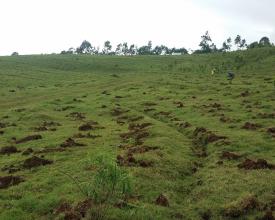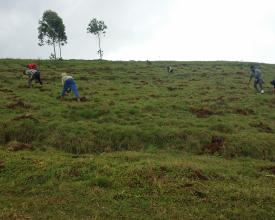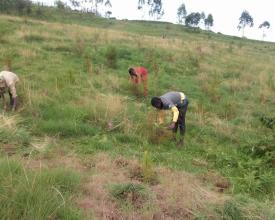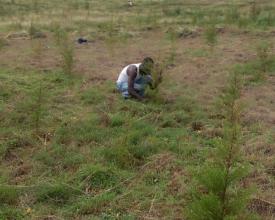
Result based Incentive Payment Approach for better survival of seedlings and creating forest in Lake Chamo Landscape
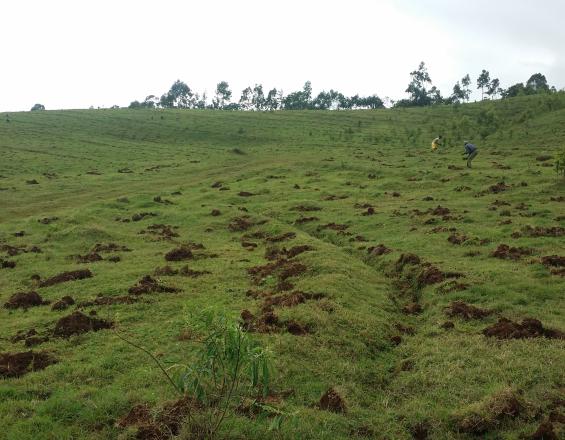
Forest landscape restoration (FLR) initiatives underway in Ethiopia focus on rehabilitating degraded communal lands and planting tree seedlings. However, plantations in communal lands have faced challenges, mainly attributed to poor seedling survival rate because of absence of unregulated land use policies and high demand on natural resources.
This solution describes a result-based incentive approach for forest establishment. It has been developed to encourage forest developers to plant and successfully grow economically attractive tree species by creating ownership and improving the post planting management activities.
The forest developers should meet at least some minimum criteria regarding area of land, plantation species composition and survival percentage to be eligible for the incentive. Introducing and promoting the system in collaboration with the local government partners significantly improves the community’s interest in planting and managing trees and subsequently increases the tree density in the landscape.
Impacts
Incentive for tree planters for successfully growing and managing tree seedlings is a new approach introduced and tested in the Lake Chamo catchment. The strategy is designed to involve local communities in the forest development business and to widen their perspective of tree planting not only as restoration action but also as running business for sustainable income generation, either through individual applications or through organized groups. Accordingly, the approach has encouraged and motivated tree planter farmers to be involved in the system. Changing the trend of post-planting management activities, improved tree planting knowledge and technical skills of tree planters' results the subsequent improvement in seedling survival rates.
Community attitudes have also changed regarding investing their money and time in planting and taking care of the seedlings. The possession of land use rights strengthens social fencing and the protection of planted seedlings. Accordingly, the number of ecologically and economically significant seedlings planted in the landscape has increased.
Moreover, the local administration has been satisfied with the approach in the project pilot sites and they are motivated to scale up to other parts of the regions which will require changes in the administration and financing of the FLR actions from the usual approach.
